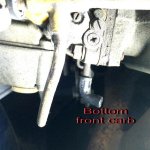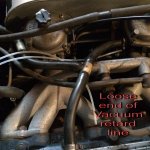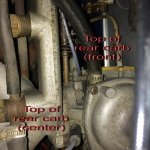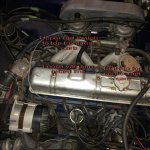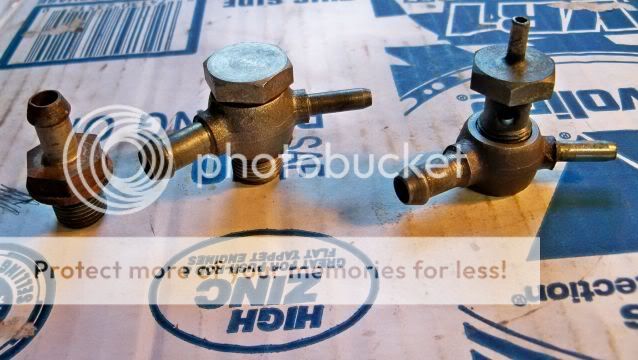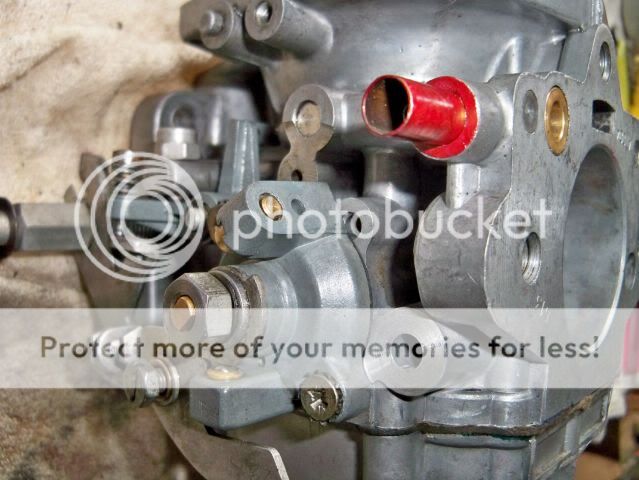Gerry M
Member
Offline
Its a 1974 TR6. The car idles fine and cruises smooth but hesitates under acceleration. I just noticed that the vacuum retard line from my distributor is not attached to anything. Could my acceleration hesitation be a vacuum issue?
I have attached photos of my current vacuum line setup. Vacuum 1 photo shows unused unplugged port on bottom of front carb. Vacuum 2 photo shows loose unconnected end of vacuum line coming from vacuum retard unit on distributor. Vacuum 3 photo shows line from upper rad hose temp sensor connected to port on top front of the rear carb and line from engine breather connected to port on top center of the rear carb. What lines should/need to be connected to what ports?
Thanks
I have attached photos of my current vacuum line setup. Vacuum 1 photo shows unused unplugged port on bottom of front carb. Vacuum 2 photo shows loose unconnected end of vacuum line coming from vacuum retard unit on distributor. Vacuum 3 photo shows line from upper rad hose temp sensor connected to port on top front of the rear carb and line from engine breather connected to port on top center of the rear carb. What lines should/need to be connected to what ports?
Thanks

 Hi Guest!
Hi Guest!

 smilie in place of the real @
smilie in place of the real @
 Pretty Please - add it to our Events forum(s) and add to the calendar! >>
Pretty Please - add it to our Events forum(s) and add to the calendar! >> 
